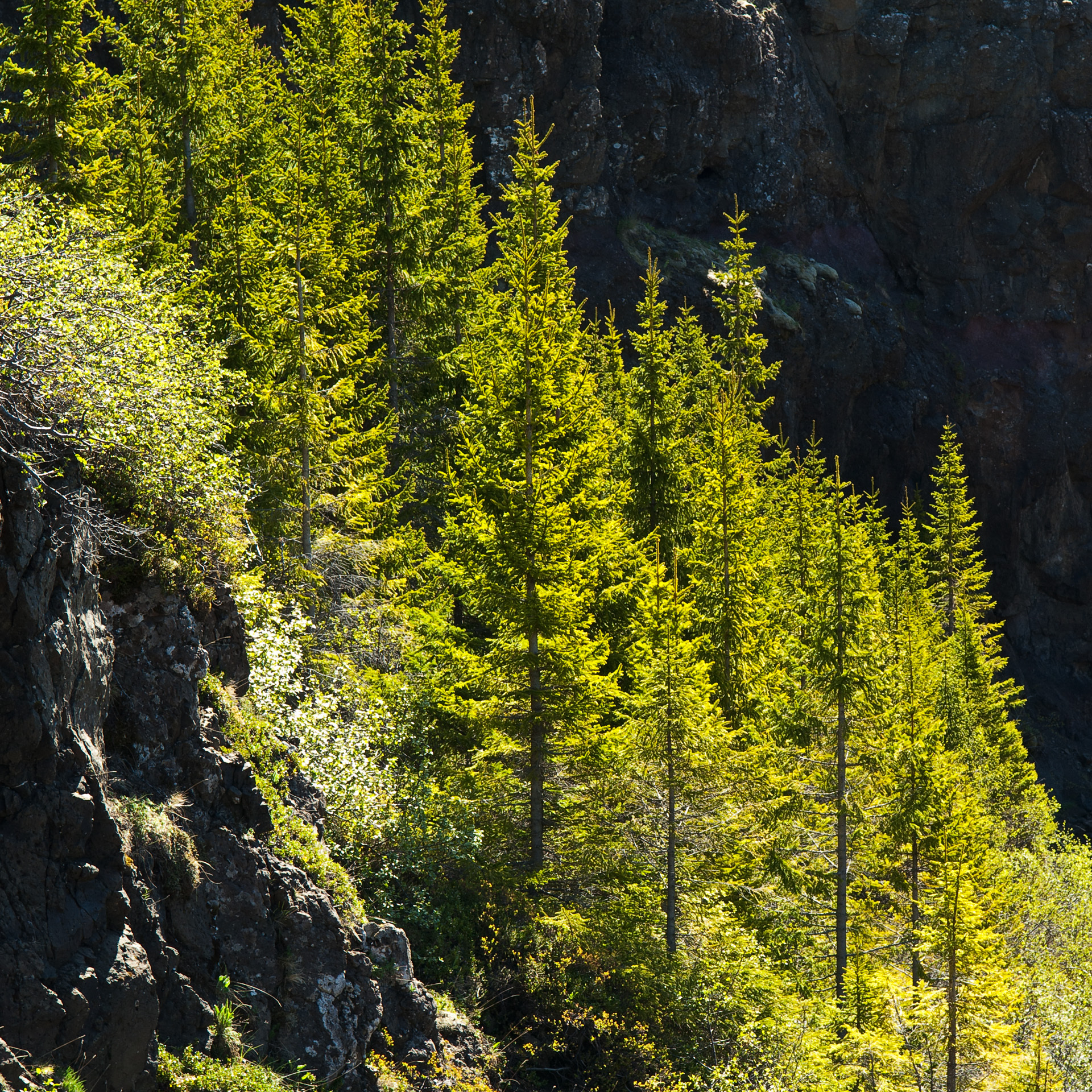Norway Spruce : Timber and Other Uses
Many industries value the Norway Spruce for its timber because the wood is strong yet easy to split. Furthermore, the wood does not shrink much, and has a nice yellowish white color.
The timber is used as fuel, masts, rowboats, oars, matches, screen frames, poles, posts for fences and vines, baskets, and packaging boxes. It is also used for cabinet work, carvings and chests.
One of the most popular uses of the timber is for pulpwood, the material from which paper derives. The Norway Spruce was said by N. W. Hosley (1936) to have the “most desirable pulpwood grown in the Northeast” (p. 55). In the United States in 1922, 55% of the 9,148,000 cords of wood used for paper production were from Picea abies.
Interestingly, the resin of Picea abies can produce Burgundy pitch. Historically, burgundy pitch was used medicinally and as a varnish. An ointment made with this species could cure tetters, a skin disease causing itchy or pustulous patches. It was also used to create medical plasters, and to water-proof leather when mixed with linseed oil, wax and turpentine.
Furthermore, the bark, needles and branchlets of the Norway Spruce can ferment into ale when mixed with a sugar. This historical drink used to be popular in Scandinavia.

